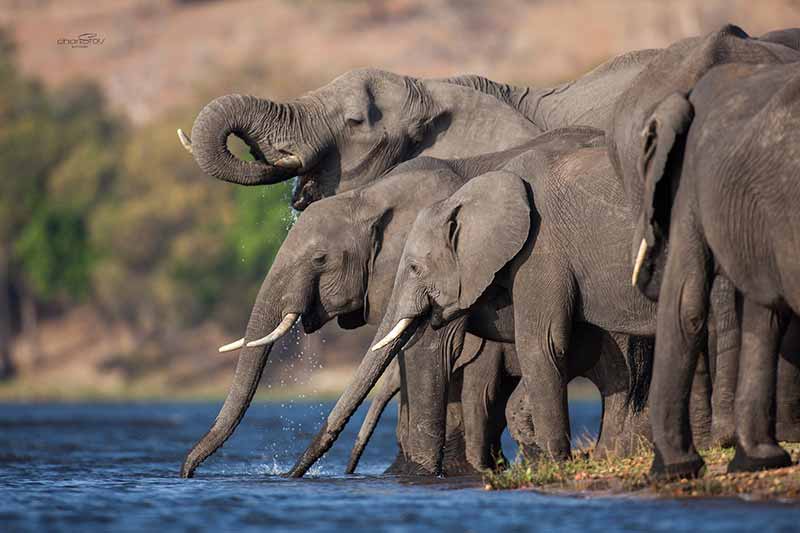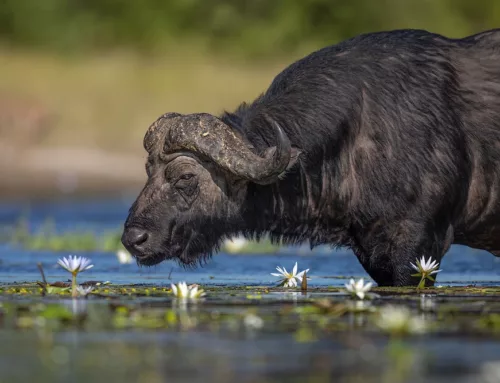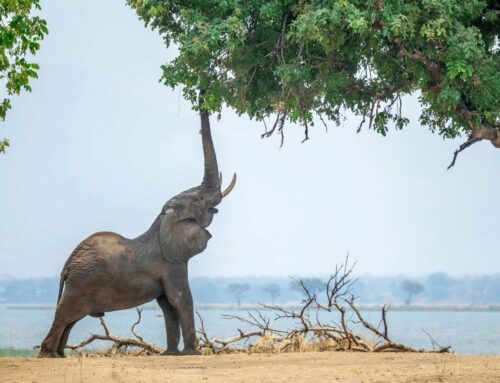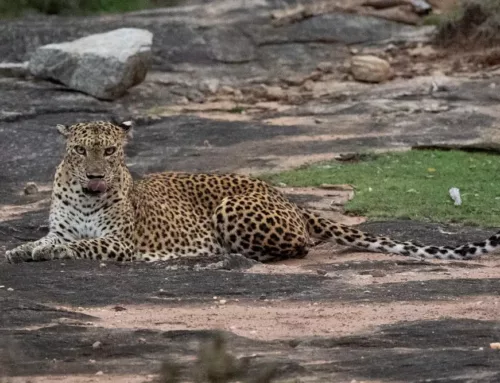Nxai Pan National Park
Nxai Pan National Park

Quick links
Nxai Pan facts • Photographic highlights • Getting there
The seasons • Zebra migration • Activities • Add to your safari
A wildlife photography oasis in The Kalahari
Nxai Pan National Park (commonly referred to as Nxai) is situated on the northern border of the Makgadikgadi basin and encompasses the ancient lake bed of Nxai Pan, which was once part of the vast Lake Makgadikgadi.
This small park is a favourite among all Pangolin Photo Hosts; in this blog, you’ll see various images taken in dry and green seasons, showcasing just how diverse this park is.

Interestingly, the park derives its name from a curved stick, ‘Nxa’, which the San used to dig out springhares and which the form of the park resembles. The area of the park belongs to the settlement area of the San (Bushmen). The park spans an area of about 2,580 square kilometres (996 square miles) and presents a striking contrast between its dry and wet seasons, naturally making it a hot spot for wildlife photographers.
Unlike the salt-covered pans in Makgadikgadi, Nxai Pan is a fossil pan without water, covered in grass and with incredible acacia islands. The region comes to life after the summer rains in November / December when large herds of migrating zebra (the second largest land animal migration in Southern Africa) and wildebeest, accompanied by other grazers such as gemsbok, eland, and red hartebeest, flock to the area to graze on the fresh grass.

However, the dry season is Nxai Pan National Park really comes to life. As there are only two pumped waterholes in the entire park (one near the campsite and one near the Kwando lodge), you can expect plenty of action from jackals, lions, bat-eared foxes and wild dogs. This waterhole also creates the perfect foreground at sunset for silhouetted photographs of giraffes, elephants and buffalo.
You might hear your guide refer to the elephants as the “ghosts of Nxai Pan.” These desert-adapted elephants are often covered in clay soil, which gives them a light grey hue. This white clay also creates incredible photographic opportunities as the animals kick up dramatic dust clouds – giving the environment an eery beauty.

Photographically, this unique and breathtaking landscape is sure to capture your imagination and get you some iconic African scenes. Not to mention, no trip to Nxai is complete without a visit and picnic to Baines Baobab. This group of seven majestic baobab trees were named after the explorer and artist Thomas Baines, who painted them during his travels in the 1860s. The trees are estimated to be over 1000 years old and are an iconic symbol of the park.
During the dry season, the predators make for exceptional subjects as they can often be seen amongst the elephants and grazers, which sets an incredible foreground and background scene.

However, if you look a little closer, the park boasts an impressive variety of bird species that are very unique and endemic to the region, including raptors, water birds, and migratory birds to photograph. The park’s vast open plains provide stunning sunrise and sunset views, so prioritise these times. These open plains, especially during the dry season, make spotting and, most importantly, photographing animals very easy.

The vast open space of Nxai helps create beautiful bokeh, and it is easy to line subjects up with the iconic African sunset! You’ll also have the opportunity to photograph Oryx while on safari here, which is an incredible sight. Nxai is also one of the few places where you can see both impala and the desert specialist springbok.
Overall, Nxai Pan National Park is a paradise for wildlife photographers and a much-welcomed addition to your photographic safari roster. It truly is magical with its breathtaking landscape and diverse range of wildlife. Whether you visit during the green or dry season, you will surely capture stunning images that will leave a lasting impression.

If you’re planning a visit to Nxai Pan National Park, you have two main options for getting there: driving from either Maun or Kasane or flying directly to the park on a charter flight.
Driving to Nxai Pan National Park
Suppose you’re driving from Maun to Nxai Pan National Park. In that case, the distance is approximately 200 kilometres, and the drive takes around 2-3 hours, depending on the condition of the road and your speed (which we recommend following the speed limit). The route takes you through rural areas and small villages, and it’s important to note that the road can be pretty rough in some places, so it’s best to use a sturdy 4 x 4 vehicle.
If you’re driving from Kasane to Nxai Pan National Park, the distance is approximately 500 kilometres, and the drive takes around 6-7 hours, depending on the condition of the road and your speed. The route takes you through many small towns and vast open spaces but also through Nata; if you have time to spend a night there – we recommend staying at Nata Lodge and visiting the Nata Bird Sanctuary.
Flying to Nxai Pan National Park
If you prefer to fly directly to Nxai Pan National Park, there is an airstrip located in the park, which charter flights from either Maun or Kasane can access. The flights take around 45-60 minutes and offer breathtaking views of the saltpans and the surrounding landscape. If you’re looking at this option, you would need to look at staying at Kwando Nxai Camp or travelling with one of the mobile safari companies.

The Dry Season (May-October)
The dry season is arguably the best time to visit Nxai Pan National Park, as the weather is slightly cooler and more predators are in the park – meaning more chance of action.
Due to the lack of rain, the grass is also shorter, which makes it easier to see the wildlife. June to August are especially good for wildlife sightings. The animals congregate around the few remaining waterholes, the water around the rest of the park tends to dry up, and the animals get desperate to drink. This is where you really get those phenomenal animal interaction shots that especially highlight the beauty of the Kalahari backdrop.

The Green Season (November – April)
The green season in Nxai Pan National Park runs from November to April, with the peak rainfall occurring between December and March. While this is the low season for many, it is an excellent time for birdwatchers, as many migratory bird species make their way to the park during this time.
However, the animals tend to disperse because water is more readily available throughout the park, making them harder to spot. The Kalahari grasses grow tall – adding to the slight difficulty in finding predators. That being said, the green season does allow for a lush take on the desert which is always a spectacular sight. Due to the lack of predator presence, there are hundreds, if not thousands, of grazers spread across the plains, which is spectacular to see. Not to mention, it is also the time that the incredible zebra migration takes place.

As mentioned earlier in this blog, the zebra migration is one of Africa’s most spectacular wildlife events – something everyone should experience once during a safari. The zebra migration from the Chobe down to Nxai Pan is Botswana’s longest land mammal migration, over 500 kilometres. This incredible phenomenon occurs over the rainy season between December and March each year when the zebras head to Nxai for the nutritious, tasty grasses found in the pan.

The migration is honestly something incredible to photograph with thousands of zebra across the pans; that being said, this migration is an essential event for the ecosystem to avoid zebras overgrazing and ensure that food sources are optimally used. Furthermore, with plenty of opportunity for a hunt, the predators also benefit from this movement as they follow the zebras and other grazers throughout their journey, preying on the weak and young.
The most popular activity in Nxai Pan National Park is the sunrise and sunset game drives which naturally showcase the park’s diverse wildlife in the best light. You can also drive down to Baines Baobab early in the morning and photograph the baobabs in the soft light, take a picnic basket and enjoy the afternoon before heading back for an evening game drive. Finally, as the day ends, Nxai Pan National Park is an incredible location for stargazing due to its remote location and minimal light pollution.
If you stay at the Kwando Nxai Camp, you can also enjoy guided bush walks where one of their guides will talk you through the park’s flora and fauna.

Overall, Nxai Pan National Park is a paradise for wildlife photography enthusiasts and a much-welcomed addition to your photographic safari roster. It truly is magical with its breathtaking landscape and diverse range of wildlife. Whether you visit during the green or dry season, you will surely capture stunning images that will leave a lasting impression.






Leave A Comment
You must be logged in to post a comment.